Hi I am trying to create a layout like this using support library https://developer.android.com/reference/android/support/v7/widget/CardView.html but i didn't found a way to add overflow icon in a card.
I don't want to use this library https://github.com/gabrielemariotti/cardslib/blob/master/doc/CARDGRID.md. I want to do same using support library that Google introduced recently.
Isn't there is way to achieve using support library or I have to use gabrielemariotti library to add overflow items in a card view.

Update
Guys I have edited question now it is more clear what i want.